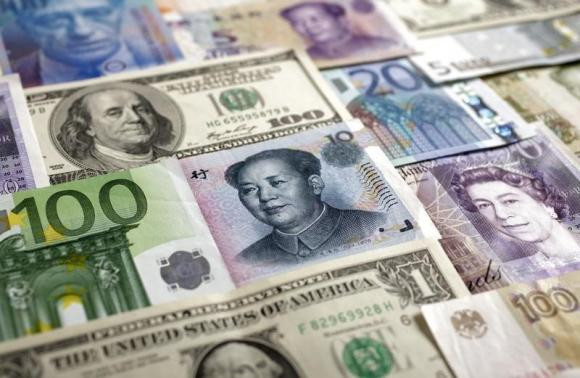Dollar snaps 9-month winning streak moving off 12-year high ahead of April non-farm payrolls

The US dollar recorded its monthly drop after nine straight months of gains as recent data releases reduced the hawkish overweight acquired over the past several months even as the market awaited the crucial April jobs data for cues regarding the US labour market.
The USD index, the gauge that measures the greenback's trade-weighted strength against six major currencies, ended April at 94.77, its lowest since 26 February, down 3.7% on the month, and off 5.6% from the 12-year peak of 100.40 touched on 13 March.
On Friday (1 May), the index showed some strength despite a set of weak US numbers as broad pound weakness ahead of the UK general election and continued weak reports from the eurozone aided value buying in the greenback.
Initial jobless claims for the US for the 24 April week were better than expected after two weeks of disappointment. The US unemployment rate is at a seven-year low of 5.5% and any surprise in the April actual will impact the dollar as the recent correction in the currency has been mainly related to the labour market indications.
The UK pound has dropped to 1.5133 as of Friday's close, translating to a 0.36% loss on the week, moving off Wednesday's two-month high of 1.5499 as concerns mount about increasing risks of the UK exiting the European Union in the penultimate week of the election.
The Conservatives have called for a referendum to decide the future of UK-EU relations so a win by that side will likely see a sharp slide in stocks and the pound.
The Reuters/Michigan Consumer Sentiment Index for April was steady at 95.9 as per Friday's data, almost in line with market expectations of 96.0. The ISM Manufacturing PMI was also unchanged at 51.5, but weaker than the consensus of 52.0.
© Copyright IBTimes 2025. All rights reserved.






















